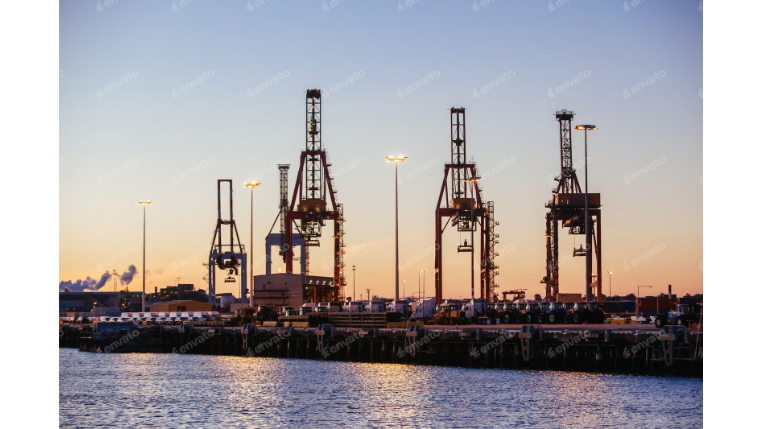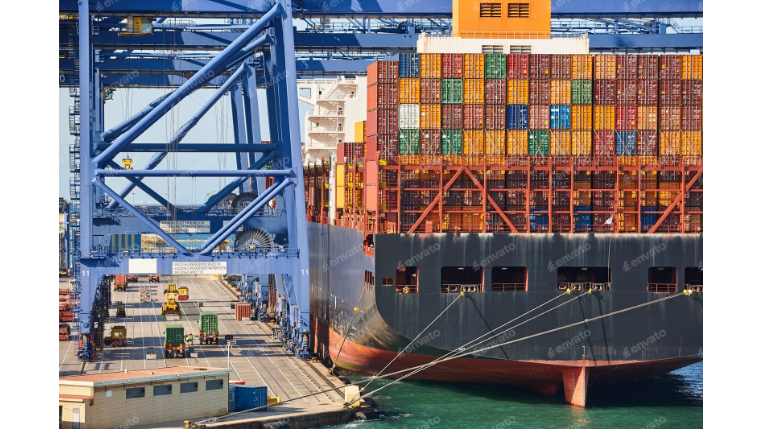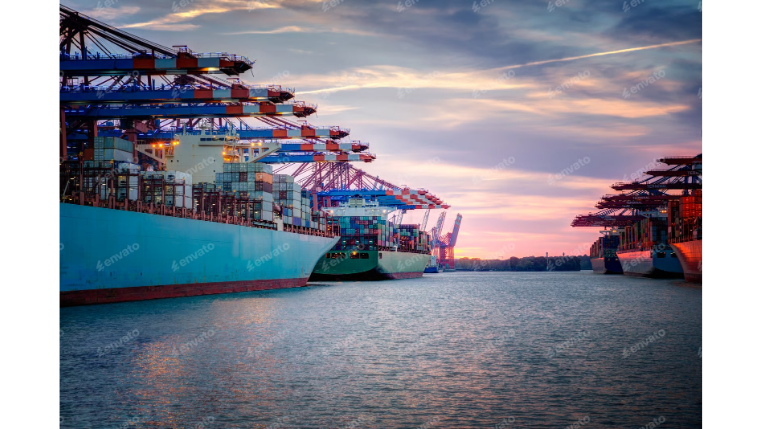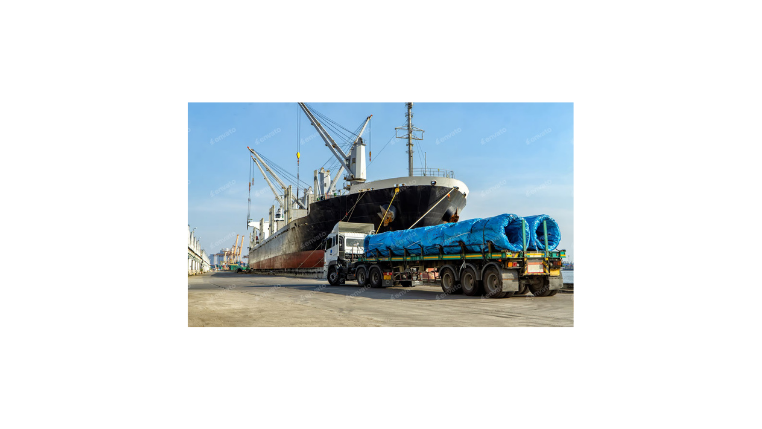Defining Air Freight
At its core, air freight is the transportation of goods via an air carrier. This can be on a dedicated cargo aircraft (a freighter) or in the cargo hold of a passenger airplane, a method known as belly cargo. As the fastest long-distance shipping method available, it plays an indispensable role in modern supply chains, especially for goods where speed is a more critical factor than cost.
The process involves several key players: the shipper (consignor), the recipient (consignee), the airline, and often a freight forwarder who acts as an intermediary to manage logistics. The single most important document in this process is the Air Waybill (AWB), a non-negotiable contract that details the shipment's contents, origin, and destination, serving as its passport through the supply chain. Air freight is the preferred choice for high-value and time-sensitive cargo, including:
- Electronics and semiconductors
- Pharmaceuticals and medical supplies
- Perishable goods like fresh flowers and gourmet foods
- Luxury and high-fashion apparel
By connecting global markets with unmatched speed, air freight is a vital engine of international trade.
The Advantages of Air Freight
Choosing to ship by air offers several powerful benefits that can provide a significant competitive edge.
- Unmatched Speed: This is the primary advantage. While an ocean shipment can take weeks to cross the Pacific, an air freight shipment can make the same journey in a matter of hours. This rapid transit is essential for just-in-time inventory models and urgent deliveries.
- High Reliability and Security: Air travel schedules are generally very reliable, with less variability than ocean freight. Furthermore, goods sent by air are subject to stringent airport security measures at every stage, significantly reducing the risk of theft or damage. Less handling and shorter transit times also mean a lower chance of incidents.
- Global Reach: Airlines operate extensive networks that can reach virtually any corner of the globe, including landlocked countries and remote areas that are difficult to access by sea or road.
- Reduced Warehousing Needs: The speed of air freight allows businesses to operate with a leaner inventory. Because goods can be shipped and received quickly, there is less need to hold large, expensive stockpiles of products in a warehouse.
- Lower Insurance Premiums: Due to the shorter transit times and higher security, the risk associated with air freight is lower. This often translates into lower insurance premiums compared to ocean freight for the same value of goods.
Key Considerations in Air Freight
To effectively utilize air freight, you must plan for its unique requirements and cost structures.
- Cost and Chargeable Weight: Air freight is priced higher than sea or road transport. The cost is calculated based on chargeable weight. The airline will calculate both the actual gross weight of the shipment and its volumetric weight (or dimensional weight). You will be charged for whichever is greater. Proper packaging to minimize volume is therefore crucial.
- Packaging: Cargo is subject to turbulence, pressure, and temperature changes during a flight. Packaging must be robust enough to protect the contents and should be as compact as possible to minimize volumetric weight.
- Customs and Documentation: International shipments require precise and complete documentation for customs clearance. An inaccurate Air Waybill, commercial invoice, or packing list can lead to significant delays, fines, or even seizure of the goods.
- Cargo Insurance: While air freight is secure, it's not without risk. Comprehensive cargo insurance is essential to protect your business from potential financial loss due to unforeseen damage or loss.
- Restricted and Hazardous Goods: There are strict international regulations (governed by IATA) for transporting items classified as hazardous materials (HAZMAT). These require special packaging, labeling, and documentation.
Common Challenges in Air Freight
Despite its benefits, air freight is not without its challenges that require careful management.
- High Cost: The significant expense remains the biggest barrier. It is not cost-effective for low-value, heavy, or bulky commodities, making it a specialized service rather than a universal solution.
- Capacity and Volume Constraints: Aircraft have finite space and weight limitations. During peak shipping seasons (like the lead-up to major holidays) or global disruptions, securing capacity can be difficult and expensive.
- Weather and Flight Disruptions: Air travel is highly susceptible to weather. Events like snowstorms, hurricanes, or volcanic ash clouds can ground entire fleets, causing significant and unpredictable delays.
- Customs and Regulatory Hurdles: Navigating the complex web of international customs regulations can be daunting. A small error in paperwork can halt a shipment for days, negating the primary benefit of speed.
Tips for Effective Air Freight Management
Streamlining your air freight operations can save you time and money.
- Plan Ahead: Even with its speed, advanced planning is crucial. Book your shipments as early as possible to secure better rates and capacity, especially during peak seasons.
- Choose the Right Service Provider: Partner with a reputable and experienced freight forwarder. A good forwarder will have strong relationships with multiple airlines, understand complex customs procedures, and help you navigate the entire process.
- Optimize Packaging: Work with your logistics partner to ensure your packaging is protective but also space-efficient. Minimizing dimensional weight is one of the easiest ways to control costs.
- Track and Monitor Shipments: Real-time visibility is non-negotiable. For businesses managing multiple shipments, utilizing a modern logistics platform is essential for monitoring cargo from pickup to delivery. Solutions like Modaltrans provide a unified dashboard to track shipments across different carriers, offering the clarity needed to manage a dynamic supply chain.
- Maintain Clear Communication: Ensure all parties—your supplier, your freight forwarder, and your customs broker—are in constant communication. Clear and accurate information is the key to preventing costly delays.
Conclusion
In conclusion, air freight is a specialized yet indispensable pillar of modern logistics. It provides unparalleled speed and security, making it the premier choice for high-value, time-sensitive goods that power global commerce. While its high cost and operational complexities, such as customs regulations and capacity constraints, present significant challenges, they can be effectively managed. Through strategic planning, optimized packaging, and partnership with experienced freight forwarders, businesses can leverage air freight as a powerful tool to gain a competitive edge in the fast-paced international marketplace.










